Lilac is an elegant shrub, annually decorating gardens with chic colors with a rich palette of shades and a gentle aroma. Quite often you can meet the straak lilac suitable for self-cultivation on the household site. We will talk about how to form a strambed lilac and care for the tree.
Stammer Lilac, description
Lighter's bright shades are striking - snow-white, purple, ink, red-scarlet, pink-blue, purple ... And how are they good terry clusters of bright purple color flowers ... But in front of the gardener often arises the question of which chic lilac hybrid to purchase, and how then It is not so easy to grow it. The most great and easy to leave straamp lilac.
- Stammer lilac is a decorative planting of compact sizes. Thanks to the competent crown formation, lilac on the strain looks more than attractive.
- On a straight trunk, covered with gray bore, rich rich dark green crown in the form of a bowl.
- Flowers a tree with large colors of a simple or terry structure. Their color depends on the grown Lilac grade, but more often there are flowers of burgundy, gentle blue, scarlet and white color.
- In addition to aesthetic pleasure, lilac on the strain carries a certain benefit - her thick crown is capable of attracting and delay the dust, cleaning the air in the garden in such a way.
- Care for stumbling lilac is much easier than behind the ordinary shrub. There is no need to infinitely remove growing shoots across the trunk. In addition, you can create a unique tree, making a vaccination on a strain of several types of lilac.
Popular Stamp Lilac
- Beauty of Moscow. Grade with fragrant inflorescences of rich pink color. Flowers are large terry, somehow resemble miniature roses collected in elegant bouquets. Gorgeous bloom can be contemplated from April to June. In adult age, lilac turns into a bulk thick ball bright green.
- Meyer. Compact tree, distinguished by very slow growth. The burgundy-pink borderture is blown twice - in May and June. The cone-shaped sprigs are depleted by a sweet fragrance. Last buds fade in late September. This variety is great for group landing.
- Sensation. Wonderful plantation with a crown is almost 150 cm in diameter. Grow grade slowly, no more than 40 cm per year. Amazingly blooms until September saturated purple boutons with white crossing.
- Miss Canada. The variety simply looks gorgeous in color: in the spring of an exquisite spherical crown with a diameter of up to 200 cm is covered by thick inflorescences made of small bright pink flower. Flowering lasts full two months. The length of the strain is compact up to 2.5 m, it is distinguished by a rapid pace of development. The advantage of the variety is exceptional resistance to pests, high frost-resistant properties.
- Moscow sky. Tall village up to 270 cm. Elegant crown is painted in dark green. Wonderful blossom pleases a review of 2-3 months. The color of buds is distinguished by originality: at the beginning of flowering flower dark purple, and closer to the end of flowering - purple.
- Madame Lemoan. Delicious strabamy lilac tall up to 3.5 m. Its elastic bush, foliage color - light green. Pleases with abundant bloom, during which the foliage is drowning in numerous white inflorescences.
- General Pokhing. Lilac who has no equal. The height of the strain is 3-4 m. The noble inflorescences of the pink-lilac color is highlighted by terrain. Blossom starts on the eve of the summer season. The variety meets its name: as a real general resistant withstands the harsh differences and illness, unpretentious.
- Charles Jolie. Tall lilac, reaching 4 m. The variety was the wonderful inflorescences of the pyramidal form, which consist of purple terry flowers. Over the season grows up to 30 cm in height.
- Babibofolya. This lilac is a rubber beauty tree with unusual motley foliage. Krone resembles a green bowl with light yellow strokes. Flowers are painted in a gentle-violet tone, exuded a gentle aroma.
- Michel Buchner. Compact bush with terry bunches of a bluish-pink shade and elongated emerald leaves. It is famous for large inflorescences reaching 30 cm long.
- Ludwig sleeper. Spacious strabamic lilac with several trunks and a thick crown. The length of the plant comes up to 4 m, while the diameter of the crown is rarely less than 3 m. Major raspberry inflorescences with a barely catching lilac. Flowers Lilac from May to the end of June.
How to grow straak lilac
Stammer lilac is actively growing and does not pass blossoms only in the case of a properly selected place, compliance with landing rules and ensuring excellent subsequent care.
When and where to plant a straak lilac
- For the village of Lilac, choose a well-lit plot. Make sure there are no blowing winds, and the soil is loose, wet, fertile.
- Stammer lilac is undemanding to the composition of the soil and well deposes any soil, but it is better to put it in Suglinka. It is advisable to avoid acidic soils, as well as places with high groundwater flow.
- An acceptable landing time is the border of July and August. At this time, the seedlings are easily rooted and held a full adaptation before the arrival of the cold.
- Planting work is better to spend in the evening, and if you can choose a rainy day.
Laying Lilac Strambova
At the time of making a purchase, it is necessary to inspect the rhizome - in the norm it is branched, quite flexible, durable to the touch. Choosing a better seedling of bilateral age with a height of a strain at least 60 cm. Such an instance is rooted without problems and quickly moves into growth.
Support strambed lilaca so:
- Pump the pit, the size of which corresponds to the size of the root of lilac.
- A high ball of drainage from pebbles or clay shards is placed on the bottom.
- On top of the drainage, a mixture of peat and humoring is poured.
- Immerse a seedling in the fossa, fall asleep with fertile soil.
- The root neck is left at 3 cm above the ground.
- The soil in the rolling circle is slightly tamped, mulched with sawdust, are covered with dark linen.
- If a few seedlings are landing, they maintain a distance of 1-1.5 m. At the same time ensure the fencing between seedlings with the help of slate sheets.
- Then it is watering, and if there is a need, the seedlings are signed for a couple of days.
Advice! Seedling of Lilac Strambova can be bought in a nursery or get it with the help of a baking escape.
Stammer Lilac, Care
Lilac on a strain does not need time consuming. It comes down only to several easy events:
- Watering. Moisturize the plant moderately, not allowing pereliva. In the hot time, watering is carried out as the land drying in a rolling circle, with the rest of the time, watering lilac is required to prevent the rhizomes.
- Feeding. In the first spring months, nitrogen mixtures contribute, then they replace them with phosphate to stimulate budgetime. In the summer, preference is given to the Organic, it makes it only every two years.
How to trim straak lilac
- Lilac requires timely formation of
- During the first three years, the fermboic lilac does not grow roaming Ponya. To maintain the form, the old shoots, side kidneys are removed. When she begins to grow, she is regularly cleaned by the secret, so that the tree remains decorative.
- An important component of care for the lilacs - pruning after flowering. Dry inflorescences are removed so that the shoots do not fancy and slow down their height.
- Also recommended in the first few years to cut about half of the blurred inflorescences in order to stimulate more abundant bloom in the next season.
Important! Lilac trimming should be carried out only with a sharp garden tool. We have breakdowns and inflorescences undesirable, as this will affect the health of lilac.
How to make straak lilac
To grow lilac on a strain, certain varieties of plants are used. However, you can create and ordinary lilacs on trunks.
Stam lilac own hands:
- Carry out any landing sapling of lilac. During the year, growth is not removed, spend fertilizing with organic and mineral mixtures, carried out frequent watering.
- For the second year, they look closely to a strong last year's branch that can become an excellent strab. Conduct it trimming at right angles just above the pair of healthy kidney (one of them needs to pull out). The future strab strengthens the peg. Also spend watering and feeding during the year, the pigs are not cut off.
- With the arrival of the third year, the Secatector remove all the young shoots, make it early in spring. If there are many kidneys, pluck everything, except for the five topmost, and over the top pair spending the tops and at the same time remove one kidney. Also carry out mulching to slow down moisture loss rates. In the summer and autumn period is watching irrigation and fertilizer.
- For 4 years in March, the pigs are cut, in May - remove weak shoots. All the remaining shoots are shortened to the second pair of kidneys, which ensures the formation of a rich deciduous hat. On the third year, you can vaccinate the desired Lilac grade on the straw or leave the one that grew initially.
In the future, lilac maintain the shape of the crown in the form of a bowl, water and fertilize useful trace elements.

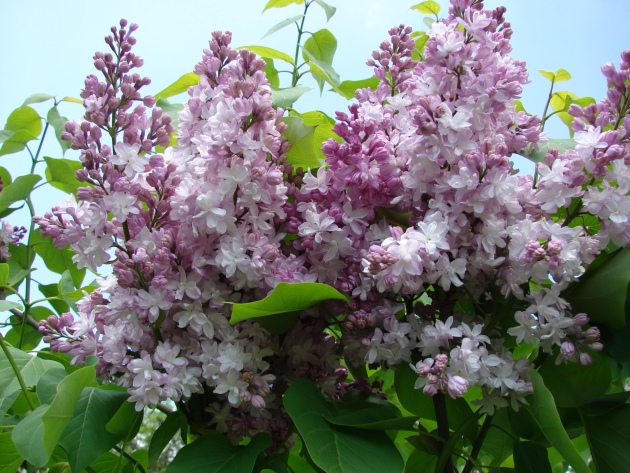

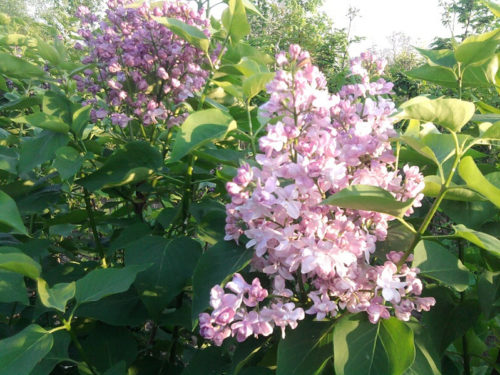

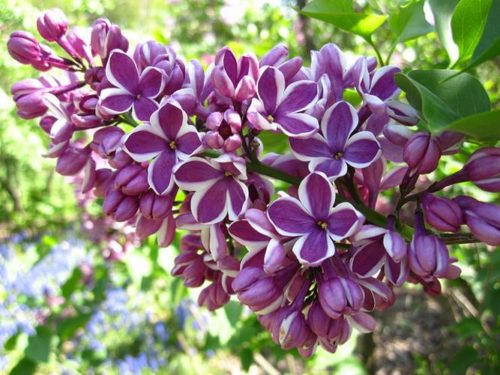

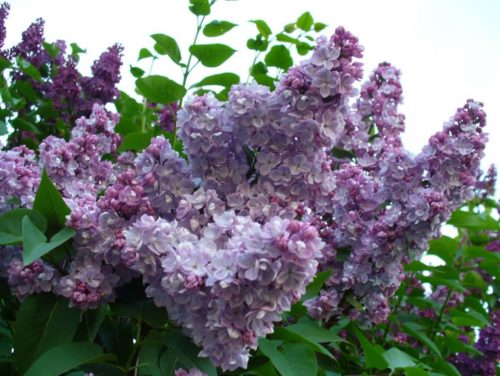
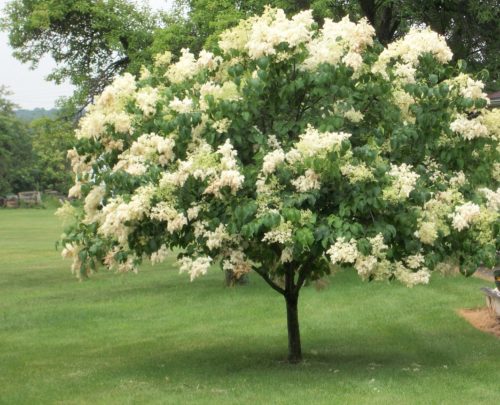
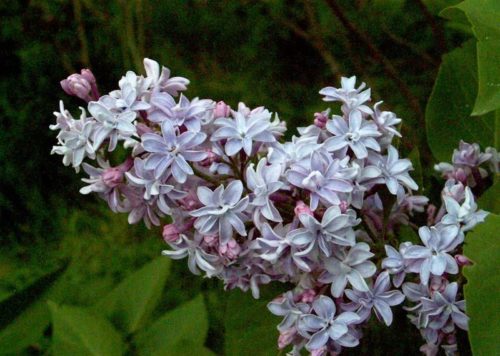



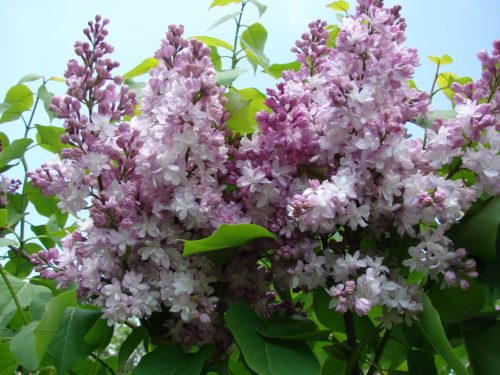
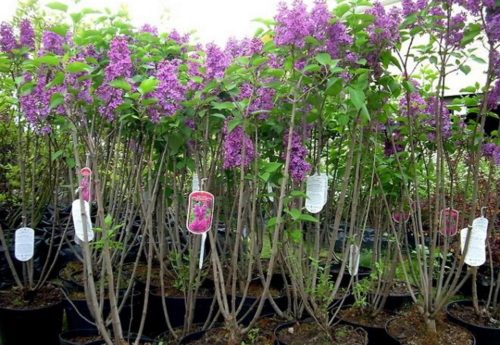
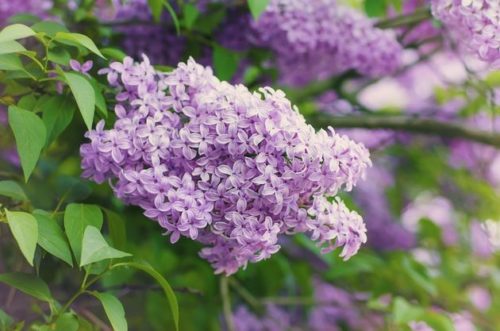



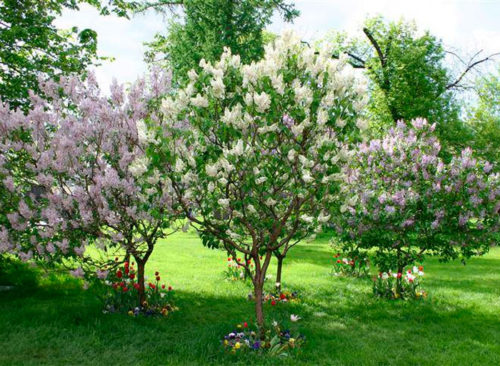
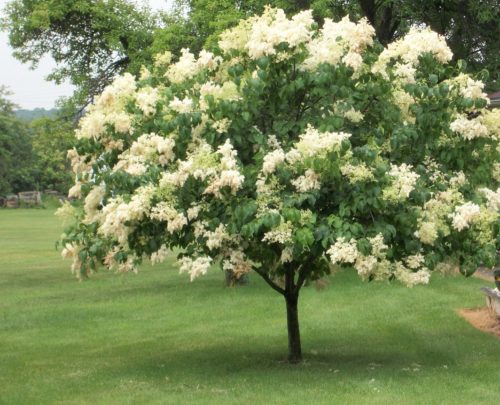












 Start a discussion ...
Start a discussion ...